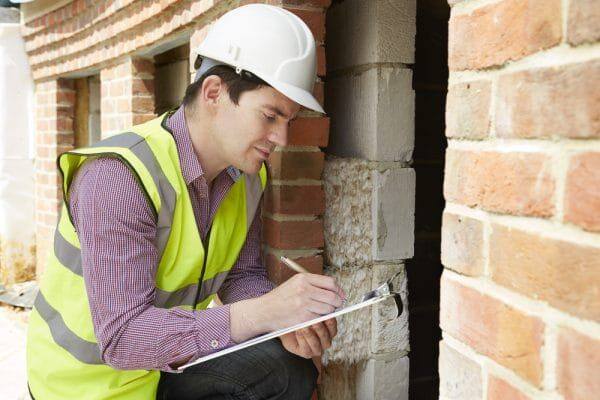Radon Mitigation Salinas, California

Radon Companies and Remediation Services
As people living in high-crime neighborhoods know, finding a radon mitigation system Salinas, CA is not easy. Radon enters homes through the cracks in the foundation and floorboards, so proper ventilation systems are of utmost importance. Yet, many homebuyers expect their new homes to be properly ventilated, even though local building codes do not require it. Instead, they assume that "solving" the problem of radon will take care of themselves, when in fact, mitigation systems often need to be retrofitted to work well.
There are many factors that make radon testing necessary, such as high levels of carbon dioxide, soil that's too heavy, and older homes. However, one factor makes a huge difference: radon testing must occur for the radon to be tested. That's right - there is no "off the shelf" radon mitigation system that can effectively lower radon levels at home. It has to be custom-built.

Contact Us
How does a radon mitigation system work?
The process begins with radon testing. A qualified radon company measures radon levels in your home before the home is built. That way, the radon company knows how much of the radon it will contain in your home when it is installed. In addition, the radiologist will determine the concentration and extent of any water penetration through the floorboards, walls, or windows, which will help the radon mitigation company define a remedy. Once the test results come back from the radon company, the contractor can decide what remedial action will be most helpful to the project.
Some radon companies offer their own radon mitigation products, while others subcontract their radon testing to independent contractors. This is important to remember, however, because not all radon companies use the same methods. In fact, some radon mitigation contractors may use completely different methods than radon technicians from other companies, even though they are certified under the same regulatory agency. Because of this, it is important that you make sure that the contractor you choose to perform the remediation has certification and is accredited by the radon regulatory agency in your state.
Once your house has been tested and found to be in compliance with the radon code for your region, you will have to purchase or install a radon mitigation system. You can purchase an individual kit, or buy a system that is designed to handle many homes. Either way, the system should be installed professionally and follows the radon code very precisely. If you opt for a kit, you should be prepared to pay more, as the kits can take several months to install and the contractors who install them usually charge extra for their time.
Why it’s important to hire a professional
On the other hand, many radon mitigation contractors sell mitigation systems directly to consumers. Before hiring them, however, you will want to verify that they perform radon gas mitigation in compliance with the regulations set forth by your state. You may want to check with your state's department of energy or consult your state attorney general. It is also a good idea to consult with consumer agencies such as the Better Business Bureau or the National Radon Prevention Association. These independent organizations will provide information about legitimate radon mitigation contractors. After you find a reputable radon mitigation contractor, you will need to evaluate your home and find areas of the house that are located close to the ground and that have the least radon levels.
You will want to hire a contractor to complete this assessment for you because it is a complex process that involves understanding how radon enters a home and what levels are dangerous. Not every home is tested for radon levels at the same time, so you may have to wait for results to come back from one radon company and then contact the other to get the results from the second. This can be very time-consuming.
If your home is found to have unsafe levels of radon, you will need to install a radon mitigation system to lower the levels to a safe range. In most cases, this system is an underground tank containing a solution that reduces radon levels when it rains or when other conditions promote radon leaching. Once installed, the contractor will notify you and your radon control company to address the issue. They can either remove the water causing the problem or recommend the best course of action. For more guidance on radon mitigation and safety, check out our detailed
blog posts. If you have any questions or need further assistance, feel free to
contact us for expert advice.
FAQ's
What is radon, and why is radon mitigation important?
Radon is a colorless, odorless gas that can seep into homes through cracks in the foundation. Radon mitigation systems help prevent the buildup of this harmful gas.
Can radon affect my foundation?
Radon doesn’t directly damage your foundation, but its presence indicates that there are cracks or gaps in your foundation that should be addressed during foundation repair.
How do radon mitigation systems work?
Radon mitigation systems use fans and ventilation pipes to direct radon gas away from your home’s foundation, ensuring a safer indoor environment.
How often should I test for radon in my home?
It’s recommended to test for radon every 2 years, especially in homes with a history of radon exposure or foundation problems.
Does radon mitigation affect home foundation repair?
Yes, radon mitigation systems often involve sealing foundation cracks, which is a key step in home foundation repair and waterproofing.
